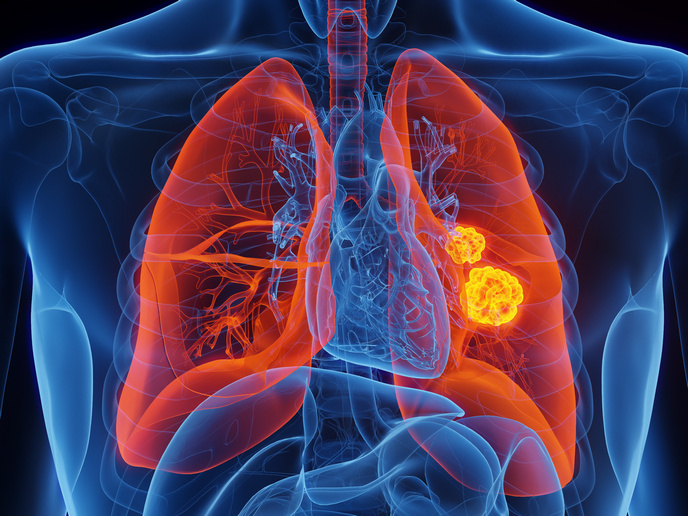Stopping homelessness getting in the way of cancer prevention
Fragmented healthcare for people experiencing homelessness means constantly starting over with new doctors, new clinics, lost prescriptions, and information. It is a struggle to manage chronic conditions when your care is scattered across different healthcare providers, and when your housing situation might force you to relocate frequently and at any moment. When it comes to cancer – for which prevention and early detection are key – the problem is exacerbated. While the disease is one of the leading causes of death in Europe in the general population, some research suggests cancer-related mortality is twice as high in the homeless population. Preventative strategies, access to early diagnostics, optimised care pathways and timely treatment aimed at people experiencing homelessness are much needed, which is where the CANCERLESS project comes in. “We wanted to establish how existing approaches can be refined and improved by the inclusion of voices from people with direct experiences of homelessness and those working with them in a professional context,” says Igor Grabovac, the project’s principal investigator. Grabovac, based at the Medical University of Vienna in Austria, and his colleagues set out to create a Health Navigator Model for Europe.
Examining existing models of treatment
Two approaches exist to help patients navigate the complexity of treatment: the Patient Navigator Model and the Patient Empowerment Model. The former provides personalised guidance and support for people in need of health or social care, through peers or professionals who act as an advocate. “These supporting figures help to identify and overcome barriers to care,” explains Tobias Fragner, a researcher on the project. The Patient Empowerment Model focuses on equipping patients with the knowledge, skills and confidence to actively participate in their healthcare through self-management and informed decision-making. “Both models have been evolving and adapting for several decades, with the Patient Navigator Model and the Patient Empowerment Model, with its roots in patient-centred care, emerging as distinct approaches around the 1990s,” adds Fragner. The CANCERLESS project’s goal was not only to co-create the Health Navigator Model for Europe, by combining and adapting elements from the existing Patient Navigator and Patient Empowerment models, but also to implement and evaluate it by getting feedback from those who need to use it.
Building a bridge between research and real-world impact
CANCERLESS brought together a consortium that consisted of 12 partners from both academic and non-academic fields, with the Medical University of Vienna coordinating the project. The academic institutions in the CANCERLESS consortium contributed their research expertise and methodological rigour, developing the research framework, conducting interviews and focus groups, analysing data, and evaluating the Health Navigator Model’s effectiveness. By using established frameworks from implementation science, the project was building a bridge between research and real-world impact. The Health Navigator Model places a strong emphasis on coordinating care for people experiencing homelessness. So-called ‘health navigators’ act as central points of contact, guiding users through their entire cancer prevention journey. They ensure that crucial information, such as medical history, screening results, and social support needs, is effectively communicated to all relevant stakeholders, including physicians, social workers, nurses and allied health professionals.
A sustainable approach to cancer prevention in communities at risk
The project showed the Health Navigator Model is not just a good idea on paper, but something that can be successfully put into practice, adapted to different health and social care contexts, and sustained over the long term. “It is about creating a system that is both effective and adaptable, so that it can truly benefit the people it is co-designed to help,” says Grabovac.
Keywords
CANCERLESS, Patient Navigator Model, Patient Empowerment Model, Health Navigator Model, cancer prevention, homelessness







